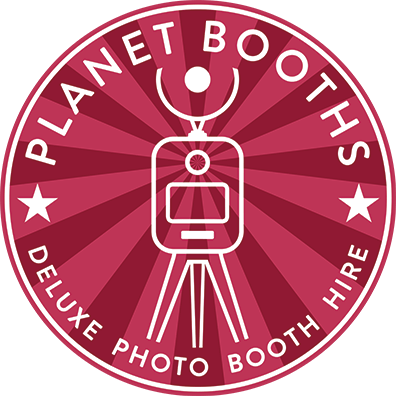Photo booths have been a part of cinema for nearly a century, but the very first example depicts an early progenitor to what so many people are familiar with.
What Was The First Cinematic Depiction Of A Photo Booth?
It is difficult to find a place in culture where a photo booth has not been an important part.
From networking opportunities made possible via a corporate photo booth hire, a quirky way to capture wedding memories to the ultimate act of spontaneously capturing a great day out, photo booths have been a part of so many lives.
Naturally, this translates to cinema as well, and 2024 will see the 100th anniversary of the very first time a photo booth was part of a cinematic production.
The film in question was the George Jeske short silent film Postage Due, which is notable in itself for starring a young Stan Laurel before he formed his famous double act with Oliver Hardy.
Playing the character “Willy Worst”, the first few minutes of the silent comedy depict his struggles with the Auto-Foto, an early progenitor to modern photo booths where instead of a strip of photographs, it instead dispenses a photo plate in a brass frame.
He spends a lot of time posing and getting himself ready to look his best, only to be surprised when the light bulb shines in his eyes, a bell sounds and the plate drops.
Mr Worst is so excited as he waits for the plate to develop, only to be disappointed when the picture has multiple exposures, leading to a distorted result.
The rest of the film is largely a cavalcade of slapstick tropes as Mr Worst causes havoc in a post office, upsets the local postal inspector and eventually ends up on an odyssey to find a postcard without a stamp to avoid being arrested.
It is primarily notable for being an early example of a Stan Laurel film before he became part of one of the most famous double acts in cinema history, and showing a photo booth before it became the dominant way to capture memories and a critical part of ID documents.
